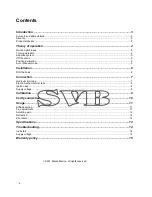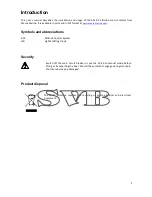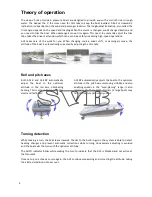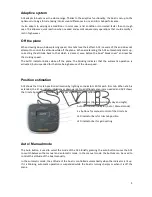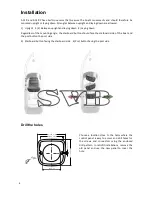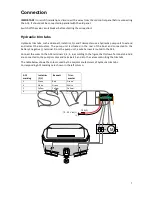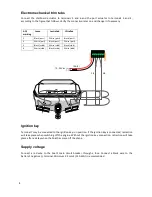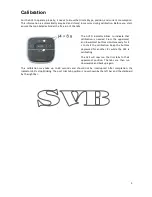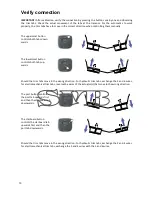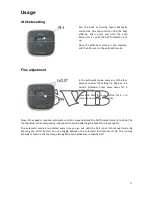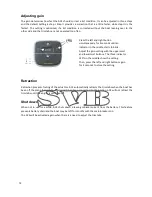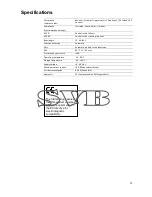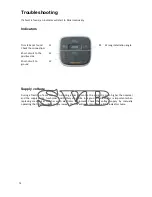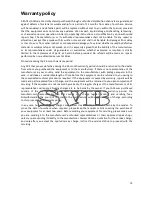
5
Adaptive system
ACS adapts to boats over the whole range. Thanks to the adaptive functionality, the boat is set up to the
optimum running attitude, taking into account differences in size and trim tab performance.
It also adapts to varying sea conditions. In calm seas, a list condition is corrected faster than in rough
seas. This allows a quick reaction when needed and avoids unnecessary operations that could amplify a
roll in high waves.
Off the plane
When slowing down, below planing speed, trim tabs lose their effect. ACS is aware of this and does not
attempt to control the attitude while off the plane. When accelerating, the ACS automatically starts up,
correcting the attitude back to that which is desired, even before the boat “breaks over” and reaches
the cruising speed.
The AUTO indicator blinks while off the plane. The blinking indicates that the automatic operation is
activated, but suspended for the time being because of the slow speed.
Position estimation
ACS shows the trim tab position estimation by lighting an indicator LED for each trim tab. When a tab is
extended, the lit up indicator LED moves downwards. No additional sensors are needed and ACS shows
the trim tab position estimation for all types of trim tabs after calibration.
Light sensor (Optimum visibility day and night)
Auto button with indicator (Auto / Manual mode)
4 x buttons for manual control of the trim tabs
LED indicator bars for trim tab position
LED indicator bar for gain setting
Auto / Manual mode
The Auto button is used to select the mode of the ACS. Briefly pressing the auto button causes the ACS
to switch between the manual and automatic mode. In the manual mode, the buttons can be used to
control the attitude of the boat manually.
In the automatic mode, the attitude of the boat is controlled automatically when the indicator is lit up.
If it is blinking, automatic operation is suspended while the boat is turning sharply or when it is off the
plane.


